Wrinkles on Face- The Difference Between Fine Lines and Wrinkles!
Wrinkles on Face- The Difference Between Fine Lines and Wrinkles!
Aging is a beautiful natural part of being human. We all age and with our age comes experience, wisdom, and growth. Aging is progressive, it is a sign of moving forward with your life. However, when the early signs of aging appear on one’s skin, it can cause anxiety, because many times aging is irreversible. Ultimately, we have to accept our flaws and learn how to make the best out of them. But hey, if you would like to age gracefully in ways that still preserve the radiance of your skin, that is completely okay too!
Two of the most talked-about signs of aging you’re likely to notice are fine lines and wrinkles. Are you someone who’s constantly worried about the future wrinkles under eye that your current eye bags may become? Or are you worried about how much your forehead creases when you’re stressed? It’s alright to be. Both fine lines and wrinkles can be distressing and make you wonder about ways that you can prevent them from taking away your lovely youthful skin. However, though these terms are used interchangeably, they have some stark differences. And because of their differences, you have to treat them both differently for your own sake.
Fine lines and wrinkles on face are something that we all will have at some point in our life. Understanding their differences can help you recognize them and enable you to age gracefully just like fine wine pigmented with the deep color of wisdom. Without further ado, let’s get into it!
What are fine lines?
Fine lines refer to shallow, mild lines on your face, caused by facial activity - such as smiling, laughing, crying, or even chewing. They are one of the earliest signs of aging. You see, when you are young, your skin is hydrated and therefore, bouncy. By “bouncy” we mean that even if you stress it with your facial expressions, it bounces back flawlessly to its original shape. However, over time, fine lines make an appearance in your life.

Though shallow, they send you a clear message - your skin is starting to lose its elasticity and is unable to bounce back into its smooth shape. Fine lines are shallow but usually easier to treat. The average depth of fine lines is about 2 millimetres, and not deeper than that. Staying hydrated and taking appropriate precautions can help you treat fine lines. Fine lines on face are likely to become wrinkles on face if left untreated.
Fine lines first start to appear under your eyes because that area has considerable activity when you make a facial expression and is thinner - meaning it is easily impressionable. These turn into wrinkles under eye and are so common. Next, they appear near your mouth, or at the end of your cheekbones - right where your skin folds every time you smile and laugh. These are things you can’t help, so try not to frown about it!
Fine lines are usually not that serious, which is why they are dealt with more prevention techniques than say, treatments. Of course, some do prefer treating them, and to them, retinol is the suitable option. Staying hydrated, wearing sunscreen, regular skincare routine with kumkumadi tailam are some prevention techniques you can use to deal with fine lines.
What are wrinkles?
Honestly, there is not much all that different about wrinkles if you compare them with fine lines. Except that they are much more deeply set and prominent, making them harder to treat. Wrinkles refer to deeply set and defined folds on your skin, and are likely to appear on your face because of untreated fine lines. Remember how fine lines tend to be only 2 millimetres deep? Over time, they can set in a hardened manner, and make folds deeper into your skin.
As the case is with fine lines, the first wrinkles you will notice are wrinkles under eye and wrinkles on face. The cause for this is also similar to the causes of fine lines such as dehydration, poor skincare, sun damage, etc. The difference here is that wrinkles are more deeply set and comparatively irreversible.
The treatment options for wrinkles tend to have less to do with preventions, because what you are dreading is sort of, already here. Chemical peels, vitamin serum with hyaluronic acid, Ayurvedic kumkumadi tailam and Vitamin A treatments are all some alternatives that exist to treat wrinkles on face that haven’t been set for too long. It is important to understand that wrinkles are not completely reversible, so it is better to be okay with them than stress yourself out on trying to get rid of them completely.
What causes fine lines and wrinkles on face?
Let us now look at some of the very common causes of fine lines and wrinkles so you can be enabled to make an informed decision, and who knows, maybe prevent some future wrinkles under eye and wrinkles on face that are currently hanging out at your door.
Aging and Facial Movement
As human beings, we live colorful lives that are full of ups and downs. We smile, we laugh, we cry, we worry, and our face acts as a window to our emotions for the outside world. These repetitive movements, caused by your expressive self, ensure that there is a lot of muscle contraction on your face. Over time, these movements leave a mark on your skin, forming fine lines at first and eventually wrinkles on face. Young skin tends to spring back into smoothness but as you age, your skin gets drier and drier. It also loses its elasticity which is given to it by the protein collagen (which tends to break down as you age) and hydration (water content in your skin). These factors combined with muscle movement lead to the formation of deep wrinkles.
Genes and Dispositions
Recent research has shown that your skin type and your skin tone also play a role in determining how likely you are to form wrinkles as you age. For example, some people are naturally born with eyes that have lots of folds around them. Other people have a habit of resting their face in a smiling expression. These folds can age to become wrinkles, while people who do not have these dispositions are less likely to form wrinkles under eye and wrinkles on face in general.
Similarly, sensitive or dehydrated skin does not have enough protection (oil, water) in their structures for them to be able to bounce back easily to smoothness upon muscle movement. Thanks to its oil content, oily skin is much less likely to wrinkle.
And here comes the part that might interest you even more: darker skin has been shown to have a minimal likelihood of wrinkling. The melanin content in darker skin tones is likely the cause. It has also been found that Asian and Black people tend to have a thicker dermis (upper layer of skin) which prevents wrinkles on face in the long run. Wouldn’t you call that a win for us brown-skinned beauties?
Sun Damage
Sun damage is a major yet ignored contributor to premature aging of the skin. You can try all overnight routines in the world but if you do not appropriately protect your skin from exposure to the harsh ultraviolet rays of the big bad sun, it won’t work. Ultraviolet (UV) rays have been shown repeatedly to weaken your skin by breaking down its collagen and elastin. In fact, too much radiation can act as carcinogenic for your skin - and lead to skin cancer.

Now, I am not saying that going out in the Sun is going to lead you straight to the hospital tomorrow - but damage from UV rays tends to be cumulative, building up over time. Because it breaks down protein and elastin from your skin, your skin finds it difficult to bounce back to its original shape. Fine lines and wrinkling are much more likely if you have frequent sunburns, visit tanning booths a lot, and tan on the beach too much.
Diet & Lifestyle
A range of diet and lifestyle factors may lead to wrinkles on face. These usually affect your skin because they dehydrate it, causing it to lose its natural bounce. Here are some of them:-
- Diet - Our typical diets these days consists of foods that are processed and high in fats. Yes, I’m talking burgers, pizzas, noodles, spicy momos, and everything we love to snack on. Foods high in fats can lead to an accumulation of fat in your skin - where there should be protein. Processed foods such as instant noodles on the other hand have way too many sodium preservatives in them- causing them to dehydrate your skin. Water is the one true elixir with the best anti-aging properties, and your skin needs to get its share.
- Smoking - I can guarantee you that no book or text talking about the causes of wrinkles on face leaves out smoking. It has repeatedly proved to correlate with rapid aging. Researchers estimate that this happens because smoking reduces blood supply (the nutrient source for your skin) and increases dehydration in your skin. This leads to premature aging and a much higher risk of forming fine lines and then eventually wrinkles on face. Smoking is also likely to dry out your eyes and in the long run form prominent wrinkles under eye.
- Alcohol - While alcohol is less damaging than smoking, regular intake of alcohol dehydrates your skin. This puts your skin at risk.
- Sleep patterns - Sleeping on your stomach every day is probably a bad idea, especially if you are worried about wrinkles under eye. This position puts your face directly in contact with your pillowcases, often putting the weight of your body on your facial muscles. This causes pressure and your skin might fold and get creases. Once or twice is fine, but over time these inevitably turn into fine lines and wrinkles on face.
What are the different types of wrinkles?
You can classify wrinkles into types according to where & how they occur, their structure, and whether they are static or dynamic. Let us discuss all of these.
Static Vs. Dynamic Wrinkles
A popular classification of wrinkles is based on when and how they appear on your face. Dynamic wrinkles, as the name may suggest to you, appear only when you do certain facial movements. You laugh, your eyes squint a little bit, and wrinkles under eye show up. Similarly, when you are worried, a couple of lines may show up on your forehead, right between your eyebrows. However, as soon as your face is neutral, these wrinkles on face cannot be seen anymore. These are different from just regular folding of the skin because they always appear in one certain way. Therefore, these folds exist, just can’t be seen all the time.
Static wrinkles, on the other hand, may come about as a result of prolonged dynamic wrinkles. Before, these wrinkles only showed up when you made a certain expression. Over time, the folds start leaving a mark - leaving fine lines on your skin, and finally wrinkles on face that always show up. This is a static wrinkle. For example, your grandparents probably have much more protruding smile lines and loose skin on their faces than you do. They don’t go away when they have a neutral face. They become part of their neutral faces. Under static wrinkles also come several other types of wrinkles such as gravitational folds, dry wrinkles, and more, that are formed due to aging, sun damage, and loss of elasticity.
Atrophic wrinkles
Atrophic wrinkles on face refer to fine, static lines that may appear on your eyelids or neck. These typically exist in younger people. Some people have naturally hooded eyes or eyes that have lots of crinkles in the eyelid and under-eye area. Similarly, lines on the neck might exist for people who had extra skin there as a baby which was constantly folded. These may even exist for some people in their ankles and their wrists. However, when your skin stretches, these lines or wrinkles gradually disappear.

Expression lines
These are the most common cause of wrinkles on face. Expression lines come about due to the expressive movement of the facial muscles when you smile, laugh, cry, worry, or concentrate. They start as dynamic wrinkles but with age can become static and settle onto your skin. Some common expression lines include: -
- Crow’s feet: This refers to the lines on the side of your eyes, that first come about when you smile. Eventually, they may become prominent and appear as fine lines on the side of your eyes. Crow’s feet may also accompany wrinkles under eye.
- Forehead lines: Come from the expression of surprise or shock, when you raise your eyebrows. These are horizontal across the upper or middle part of your forehead. They are often seen as a sign of wisdom.
- Worry lines: These create a sort of “eleven” between your eyebrows, coming from expressions of confusion, worry, and concentration. This can give a person a look of almost always being confused or grumpy.
- Laugh lines: These appear at the end of your cheekbones as a result of laughing and smiling. They start near the nose and often extend to your chin.
Elastic wrinkles
As the name may already suggest to you, elastic wrinkles come about as a result of the loss of elastane in your skin. They can make your skin look sort of “deflated” and lifeless. They do not appear in places of your face that are affected by expressions. Instead, they appear as creases on your cheek, lips, neck, and generally loose skin. Sun damage is often associated with the emergence of elastic wrinkles.
Compression or “Sleep” wrinkles
You might recall from the “causes” section of this blog that fine lines and wrinkles can appear as a result of repeated sub-ideal sleeping positions. Compression or sleep wrinkles may obviously become more prominent from other factors but come about on your skin as a direct result of your sleeping posture. You may notice creases on your face, neck, and arms if you are at risk of them. Compression wrinkles are fairly easy to avoid by sleeping on your back and moisturize your face well with natural night repair face cream and kumkumadi tailam before going to bed.

Gravitation Folds
Ah, honestly, who doesn’t dread saggy skin? When we are younger, our facial skin and muscles are plump enough to not let gravity wear them down. However, a loss of elasticity, skin damage, lack of hydration, and aging can gradually lead to a type of wrinkles we call “gravitational folds”.
As the skin is looser, gravity can pull it down and give it a hanging appearance. Gravitational folds typically appear in older people on their cheeks, manifesting in the forms of droopy skin. These wrinkles on face can give one a tired look.
How can you visibly reduce fine lines and wrinkles on face?
It is okay to want to reduce the appearance of your wrinkles. While some of these lines and folds add to your personality or character, some other wrinkles might give you a look that you don’t want for yourself. For fine lines, it is always a good idea to attempt reducing them as they are more treatable than fully formed wrinkles. Here are some ways you can reduce your fine lines and wrinkles on face: -
Treatments
Today, there exist a vast number of anti-aging treatments designed to prevent or treat wrinkles on face. Not all of them are safe, and many of them can be quite expensive. So, we would recommend that you consult a dermatologist before investing in something big. Either way, here are some popular treatments used to treat already formed wrinkles: -
- Topical retinoids, that comes in the form ointments or creams which can be applied. They are also prescribed to people with acne problems. Retinoids are effective in accelerating the regenerative process of your skin and can therefore may be effective in repairing fine lines and reducing the appearance of wrinkles. Other topical treatments containing Vitamin A, collagen, and anti-oxidants may also be prescribed.
- Fillers made of soft tissue are used to plump up the appearance of loose skin. These are used to treat wrinkles caused by a loss of elastane.
- Laser skin resurfacing, uses an elaborate laser treatment that is designed to resurface skin to diminish scars, lines, and wrinkles.
- Chemical peels, act as a proper exfoliator that gives your skin a restart on its regeneration. Often used in acne treatments it has also been proven effective in reducing fine lines and wrinkles on face.
- Botox is a controversial treatment but can still be considered if you would like to reduce the wrinkling of your skin in the future. It is a toxin injected into your face that blocks signals to your muscles, which means they can’t contract or wrinkle when it is active.
Ingredients To Look Out For
The ingredients you can use to treat or prevent fine lines and wrinkles on face depend on what stage of your life you are in. Or, to be more specific, how prominent your fine lines or wrinkles are: -
- If you are someone who does not have many fine lines and wrinkles yet, you do not need to get into anything big. Instead, you can use good moisturizers such as kumkumadi tailam, rosehip oil or shea butter to maintain healthy skin.
- If you are someone who has started to notice undereye fine lines (which may turn into wrinkles under eye) or forehead fine lines, consider adding hyaluronic acid to your skincare. It is an excellent exfoliator and hydrator. Exfoliation gets rid of any damage that the surface of your skin has currently and hydration plumps up your skin enough to prevent damage and wrinkle formation.
- And finally, if wrinkles have already started to appear on your skin, try getting a prescription of retinoids, retinol, or any Vitamin A treatment. These enable exfoliation for your skin. Over-the-counter wrinkle treatments may also work.
Additionally, here are some natural ingredients that are known to be good collagen restorers, anti-aging, and hydrating.
- Egg whites
- Aloe vera
- Yogurt
- Multani Mitti
- Vitamin C-rich foods such as lemon and orange
- Avocados
- Olive oil
- Bananas
Sunscreen
Protecting your skin from sun damage is extremely essential to prevent premature aging. If you don’t already, make it a habit to never step out without sunscreen. If the sun is too harsh, reapply sunscreen every 2 to 3 hours so that it does not wear out. This becomes more and more essential as you age, but is still important for you no matter how young you are. Protective clothing such as scarves, hats, and sunglasses are also recommended.
Water, Diet, And Lifestyle
Staying hydrated by drinking water is just as important as hydrating your skin using humectants (lotions and moisturizers). So is watching your diet and ensuring that you are getting enough protein, nutrients, and fluid content for your skin to stay plump and hydrated. A healthy you result in healthy skin.
Meditation, exercise, and yoga are all also recommended for you to keep your skin young. Stress and worry can often worsen your problems, and contribute directly to harsh wrinkles on face and wrinkles under eye.
Avoid smoking as much as possible. In fact, smoking is a big NO if you are trying to protect your skin from aging. Alcohol is alright to consume once in a while, but can easily dehydrate your skin. Therefore, avoiding alcohol or limiting your intake is essential.

Acceptance
At the end of the day, wrinkles are not in charge of your life, YOU are. Though treatment options for wrinkles do exist and healthy skin is always nice to have - fine lines and wrinkles are not signs of unhealthy skin. Instead, they are part of growing old, growing wise, and moving forward with your life. Try to accept your flaws as far as possible while taking care of and loving your skin.
The Takeaway
Aging is a natural part of the life journey but can often be distressing to deal with. On the skin, fine lines and wrinkles appear as signs of aging. Often these terms are used interchangeably but factually fine lines and wrinkles on face are not the same things. Fine lines are much shallower compared to wrinkles and are often the predecessor of future prominent wrinkles. By knowing this difference, you can treat skin aging problems more effectively.
There are several types of wrinkles caused by a range of factors. Some of these factors are controllable, while others aren’t. Eating a balanced diet, keeping your skin moisturized with kumkumadi tailam, exercising, and protecting your skin from sun damage is the key to having healthy glowing skin. However, it is still okay to let your skin age and take its natural life course, just like you do with the rest of your body. We hope this blog helped!


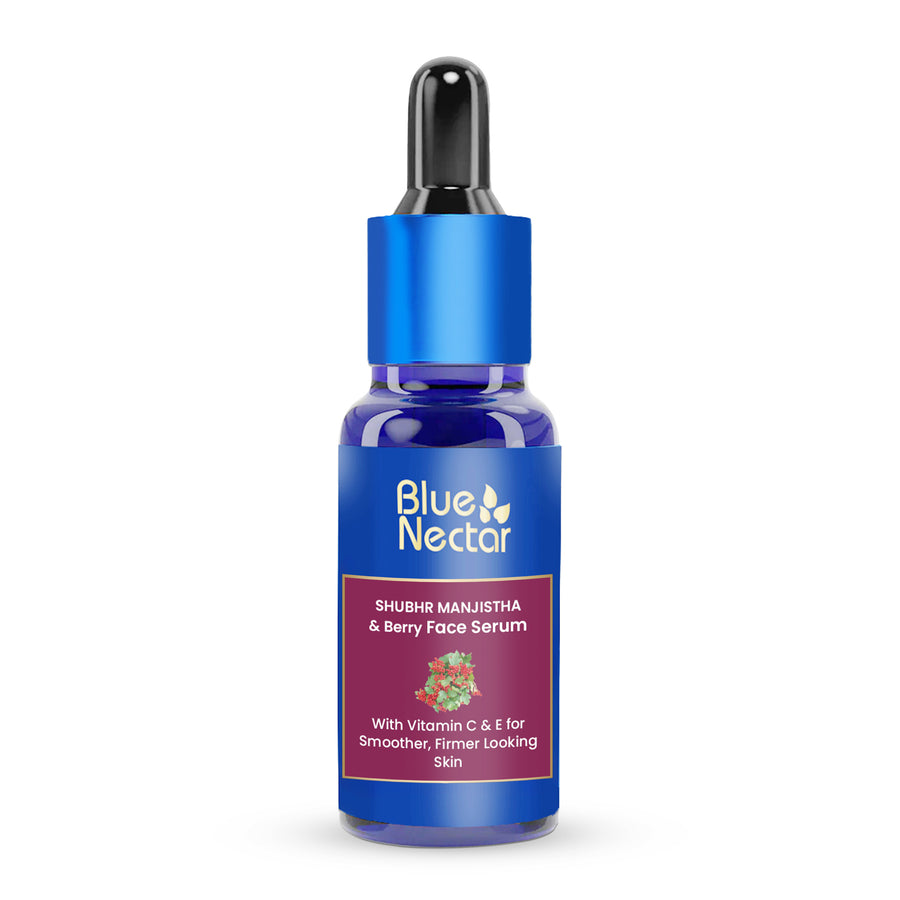
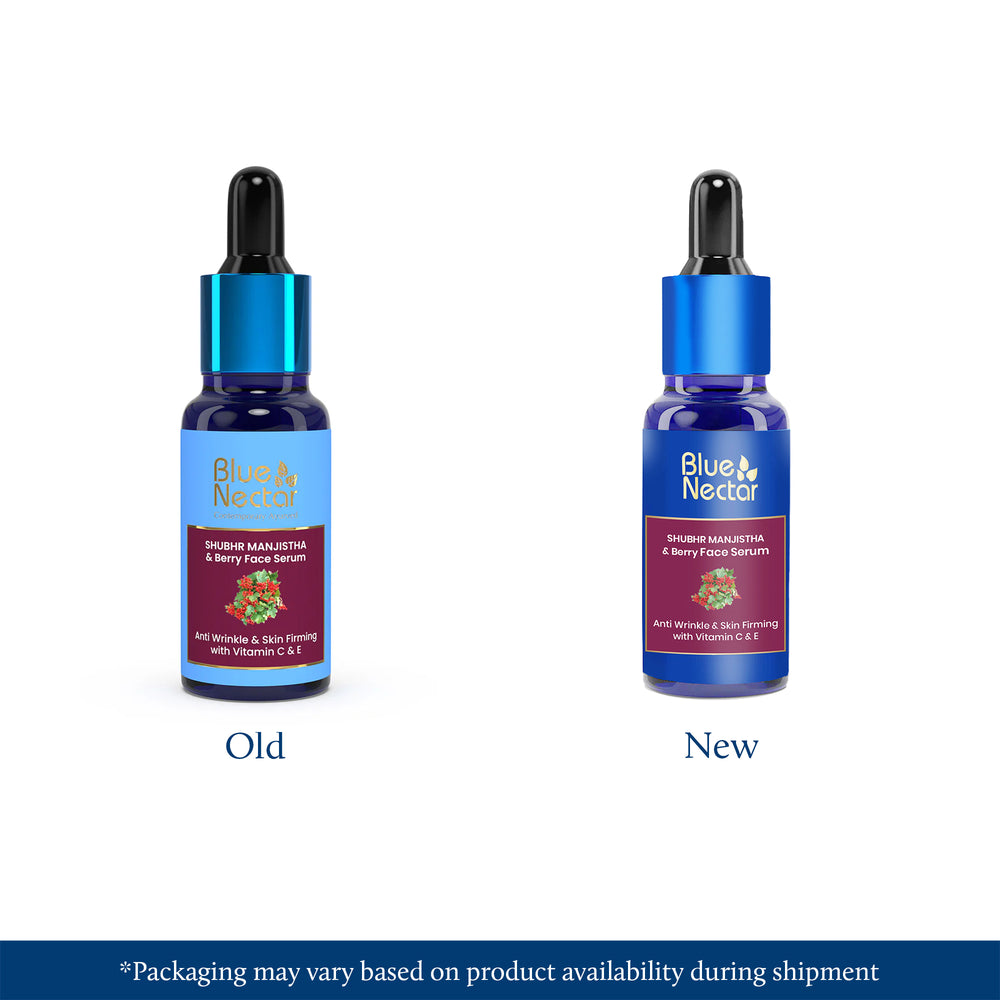



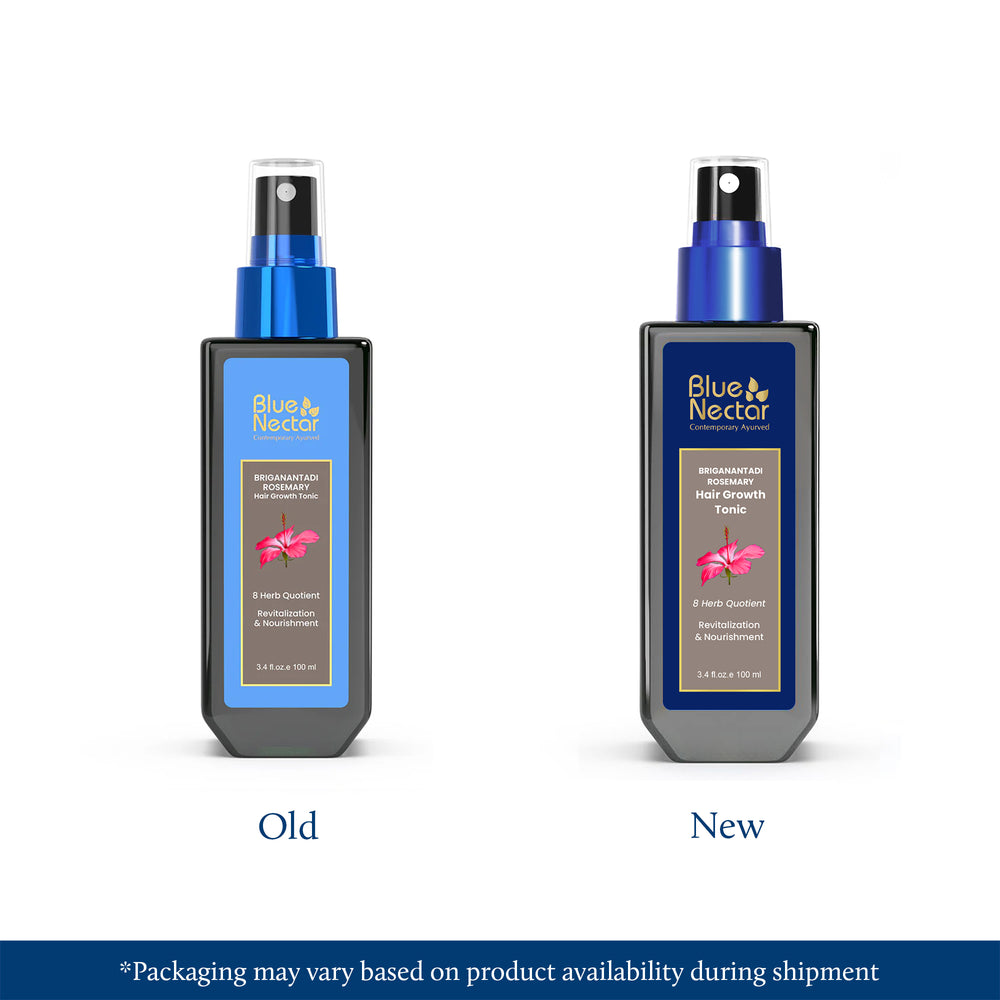
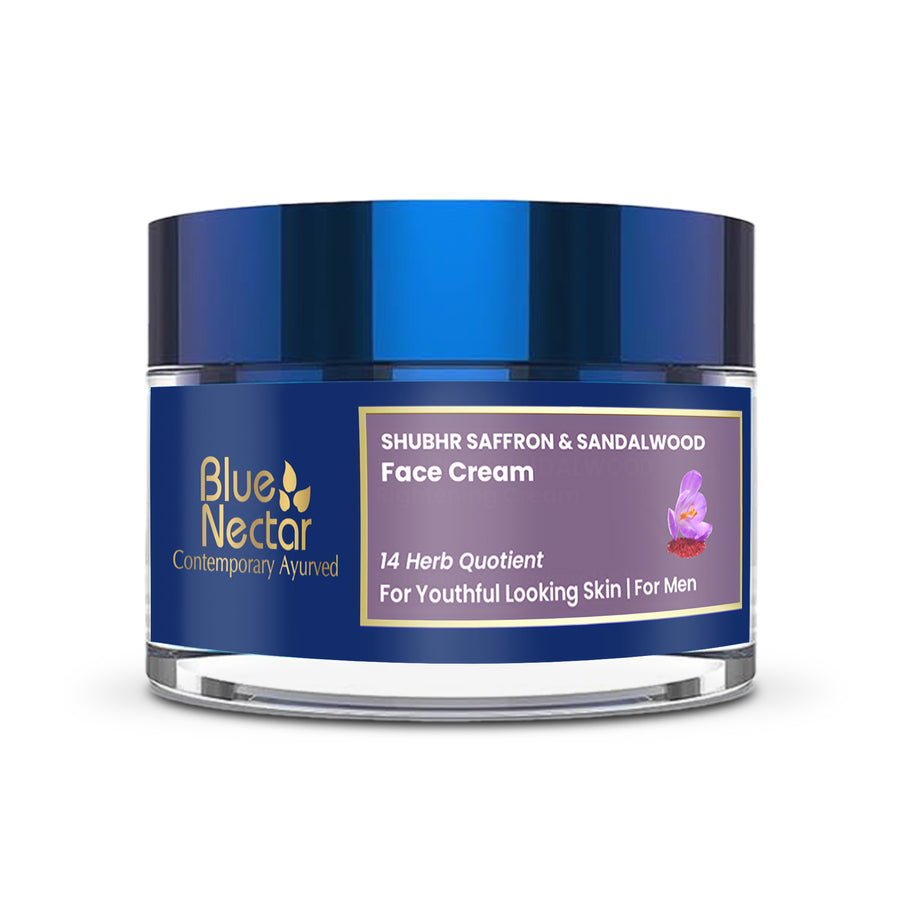
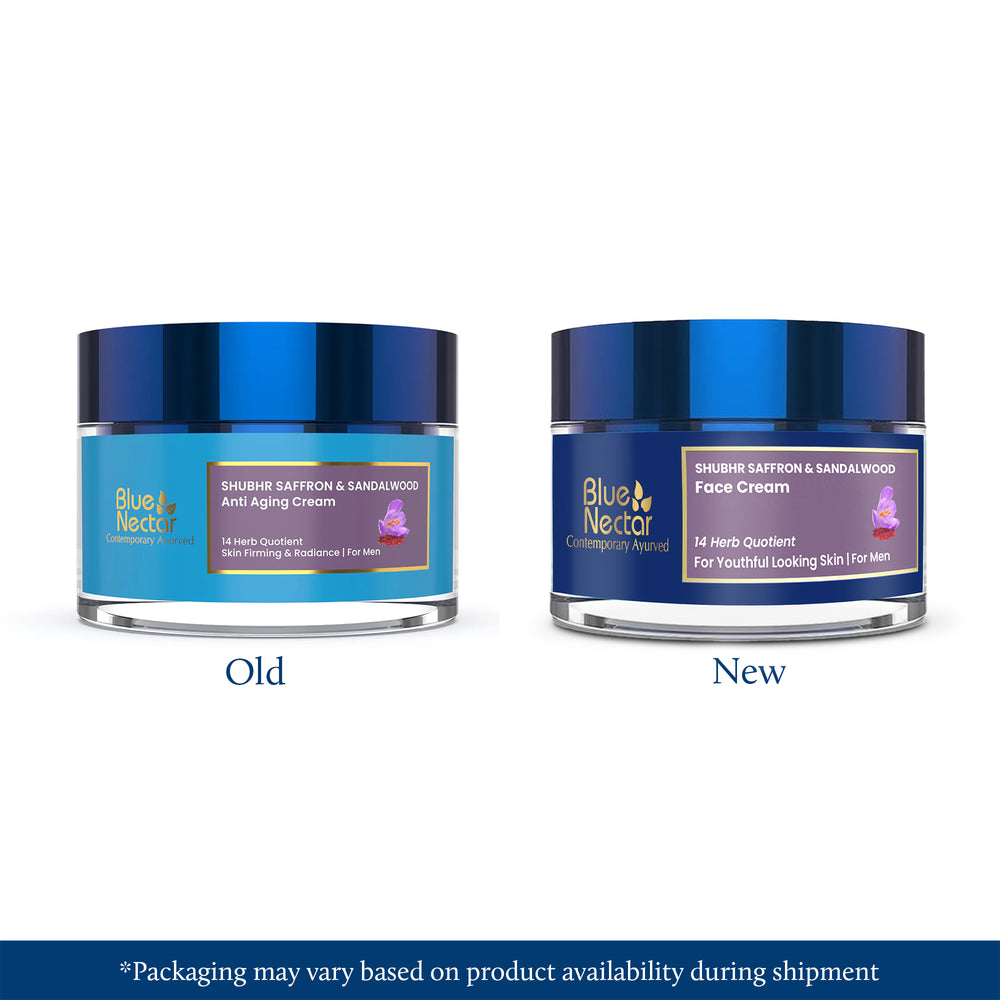
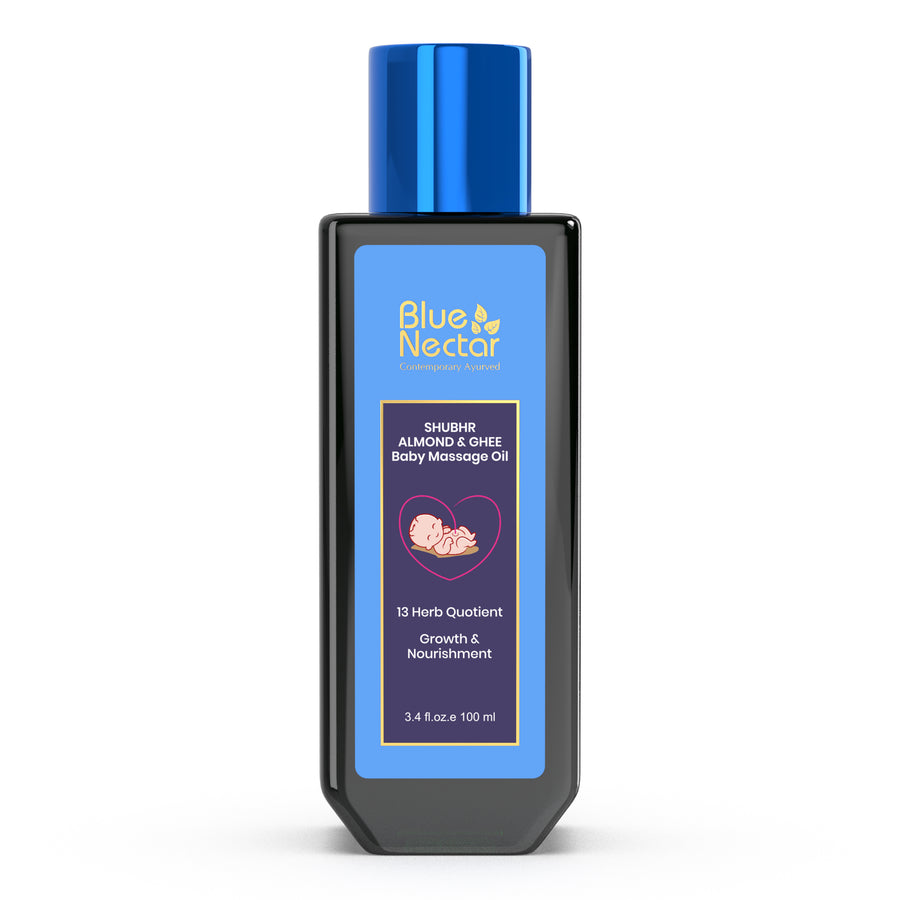
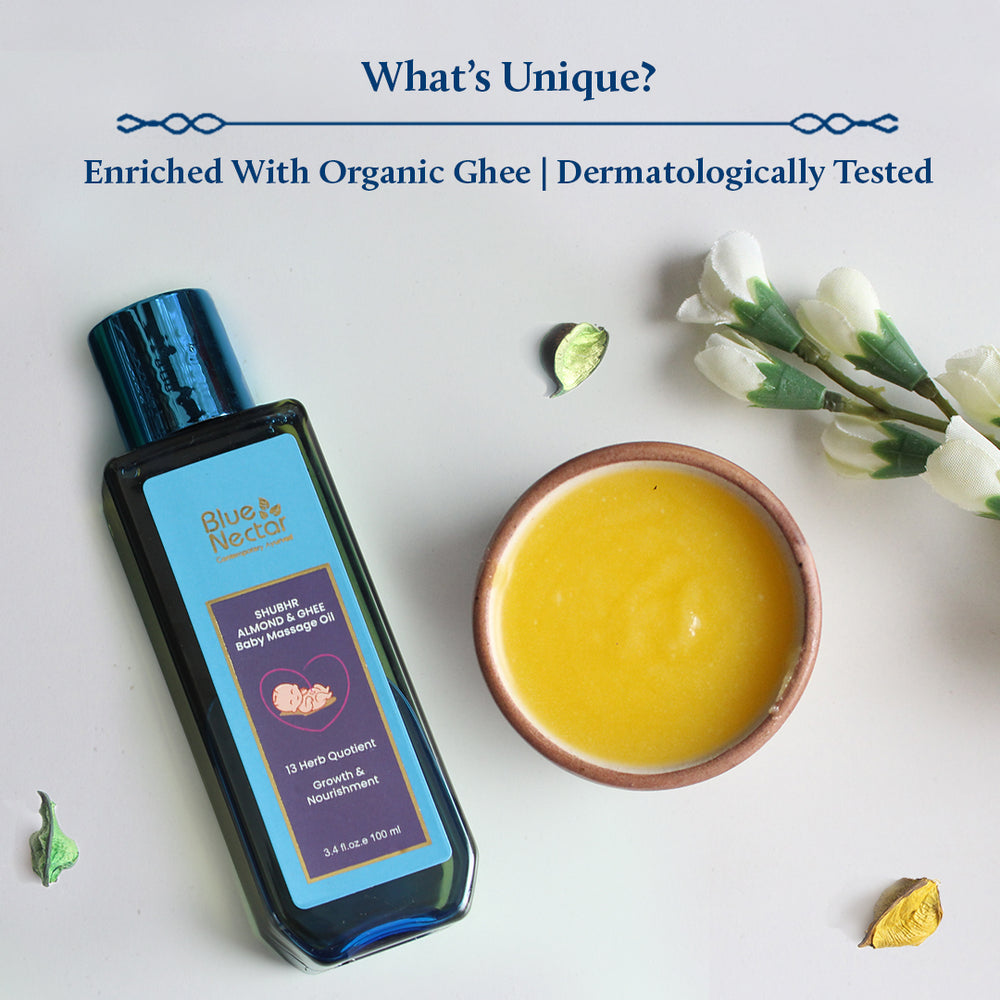


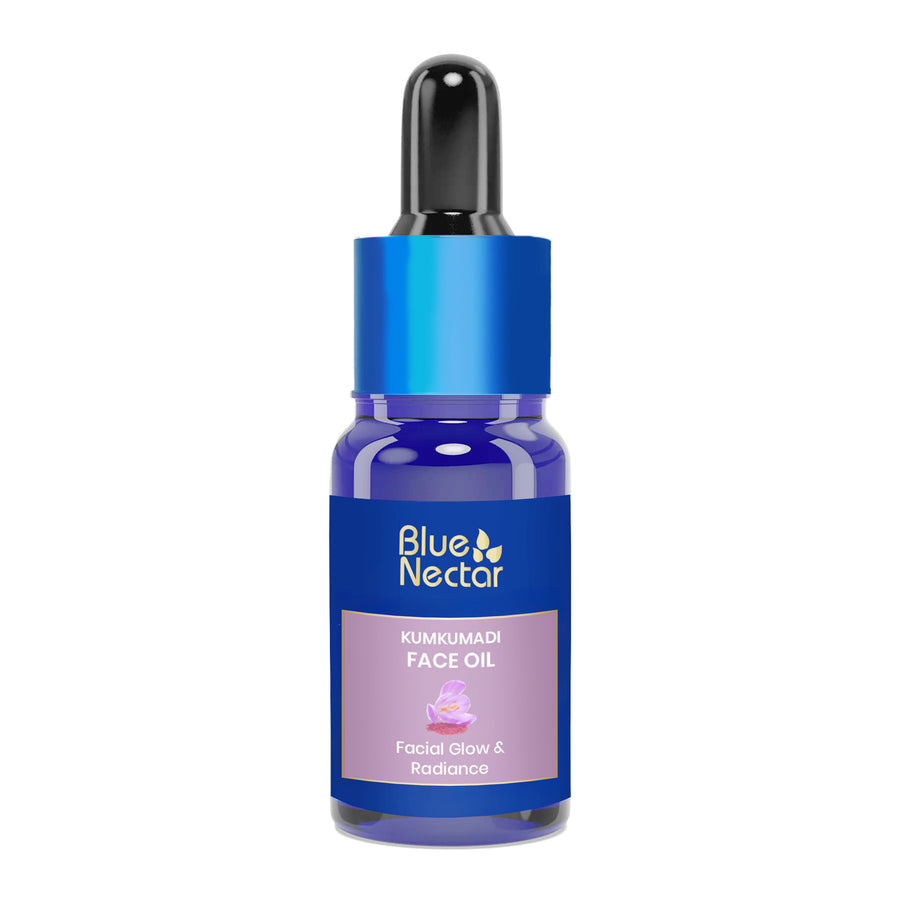
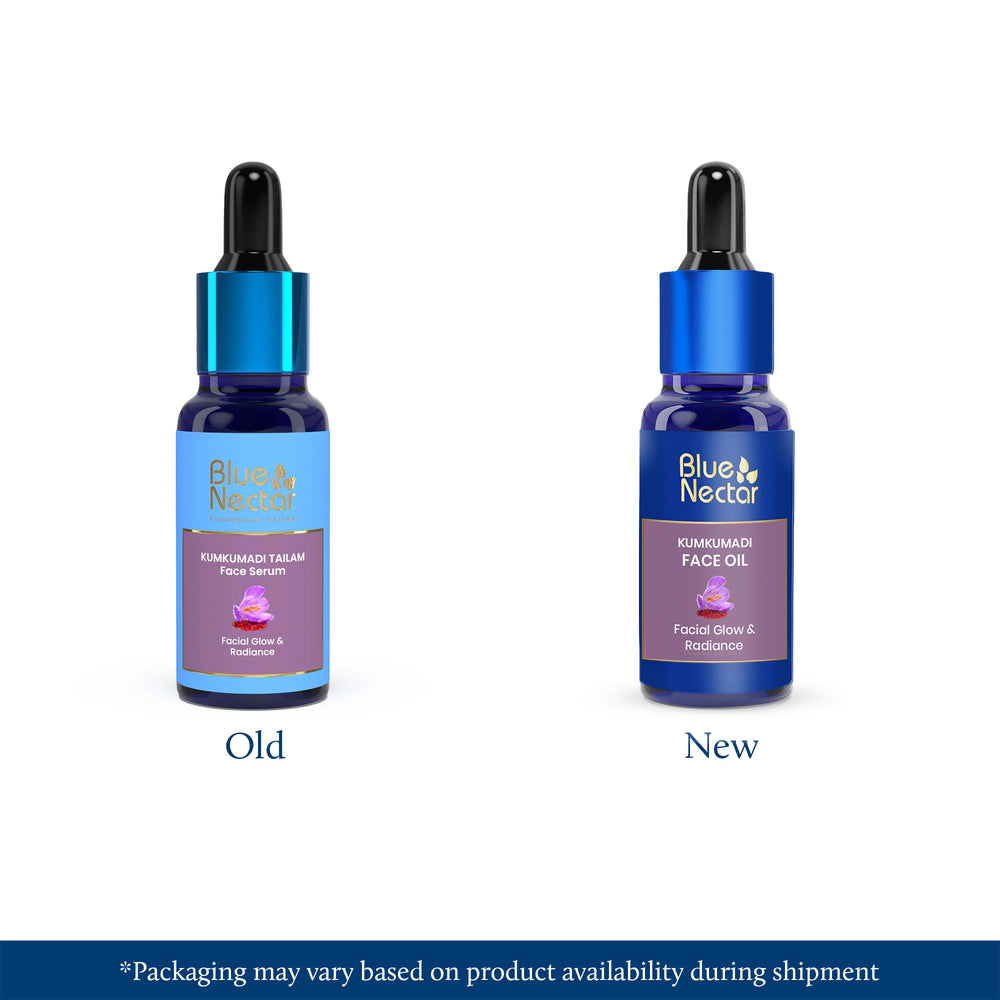
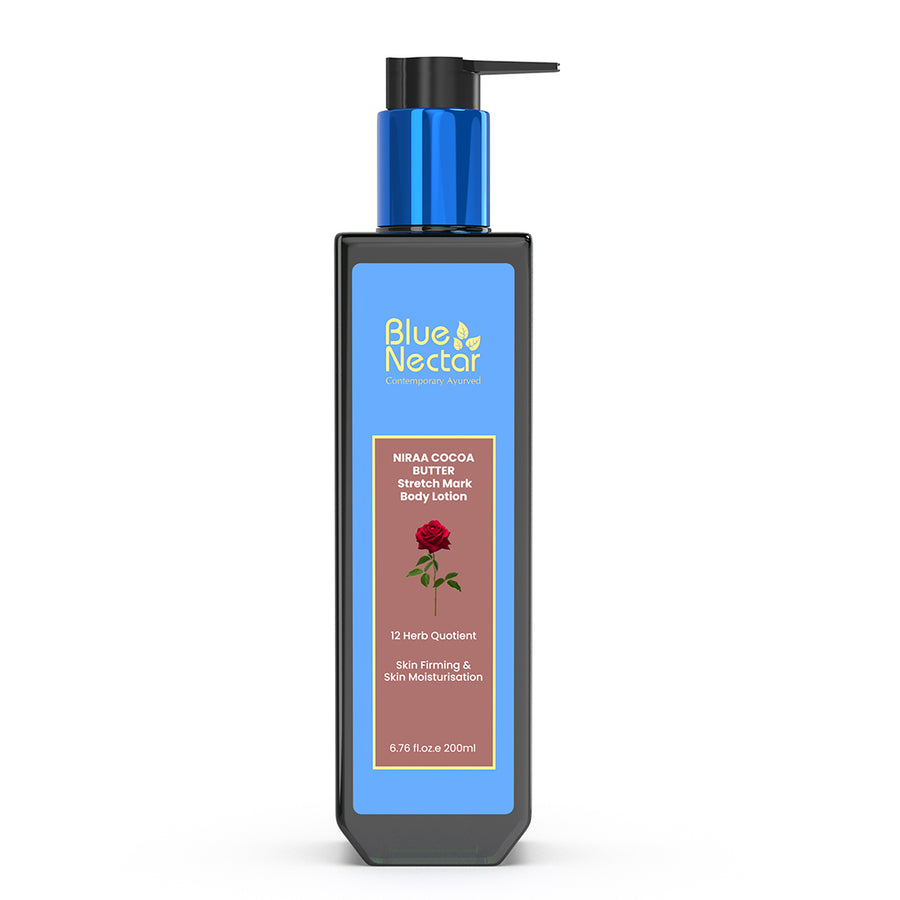
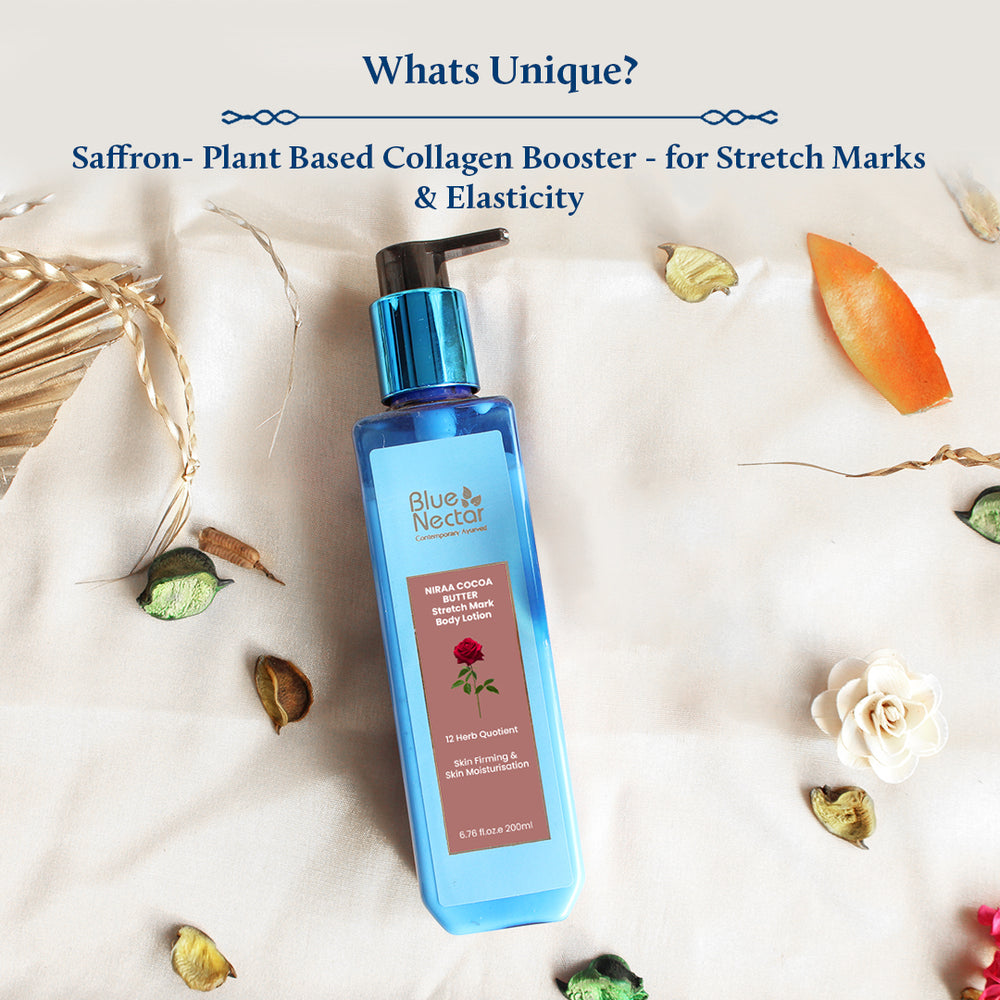
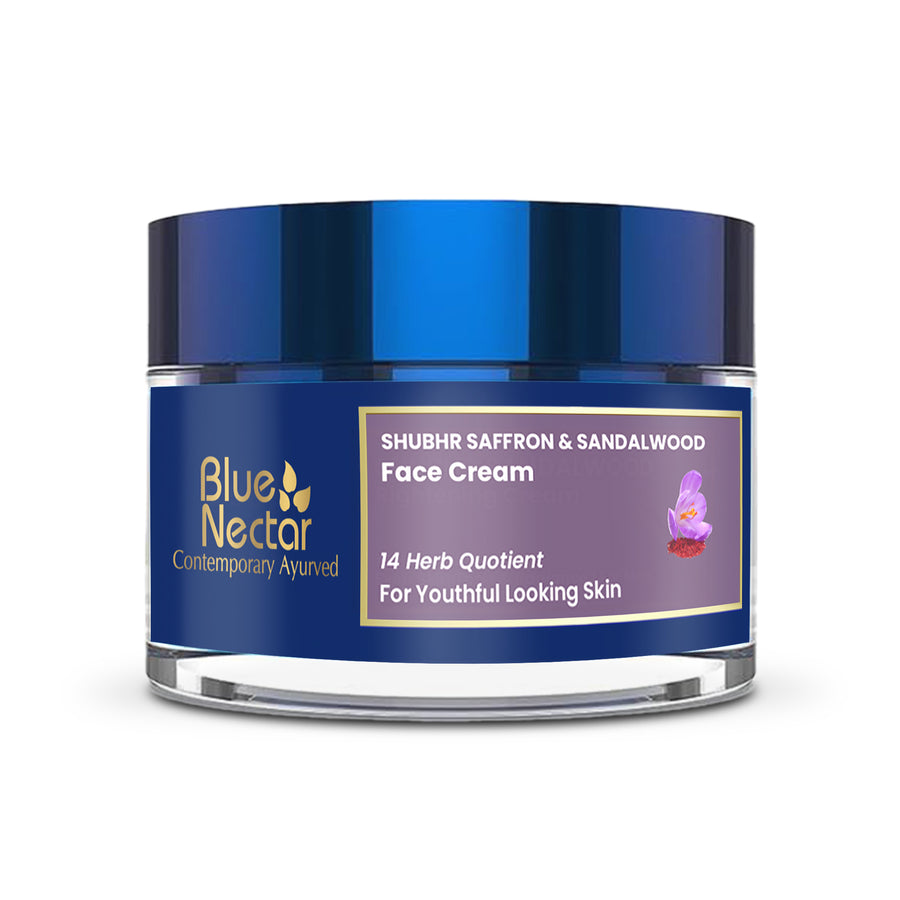
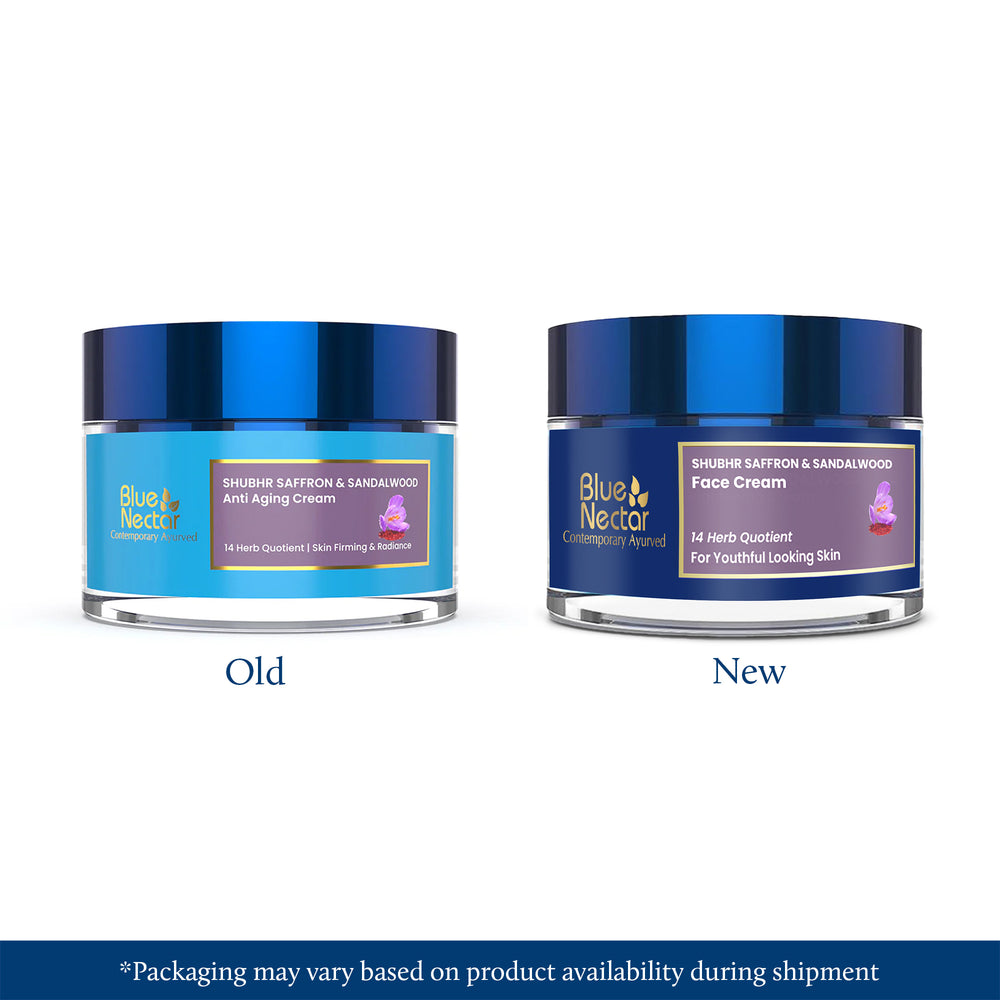
Leave a comment